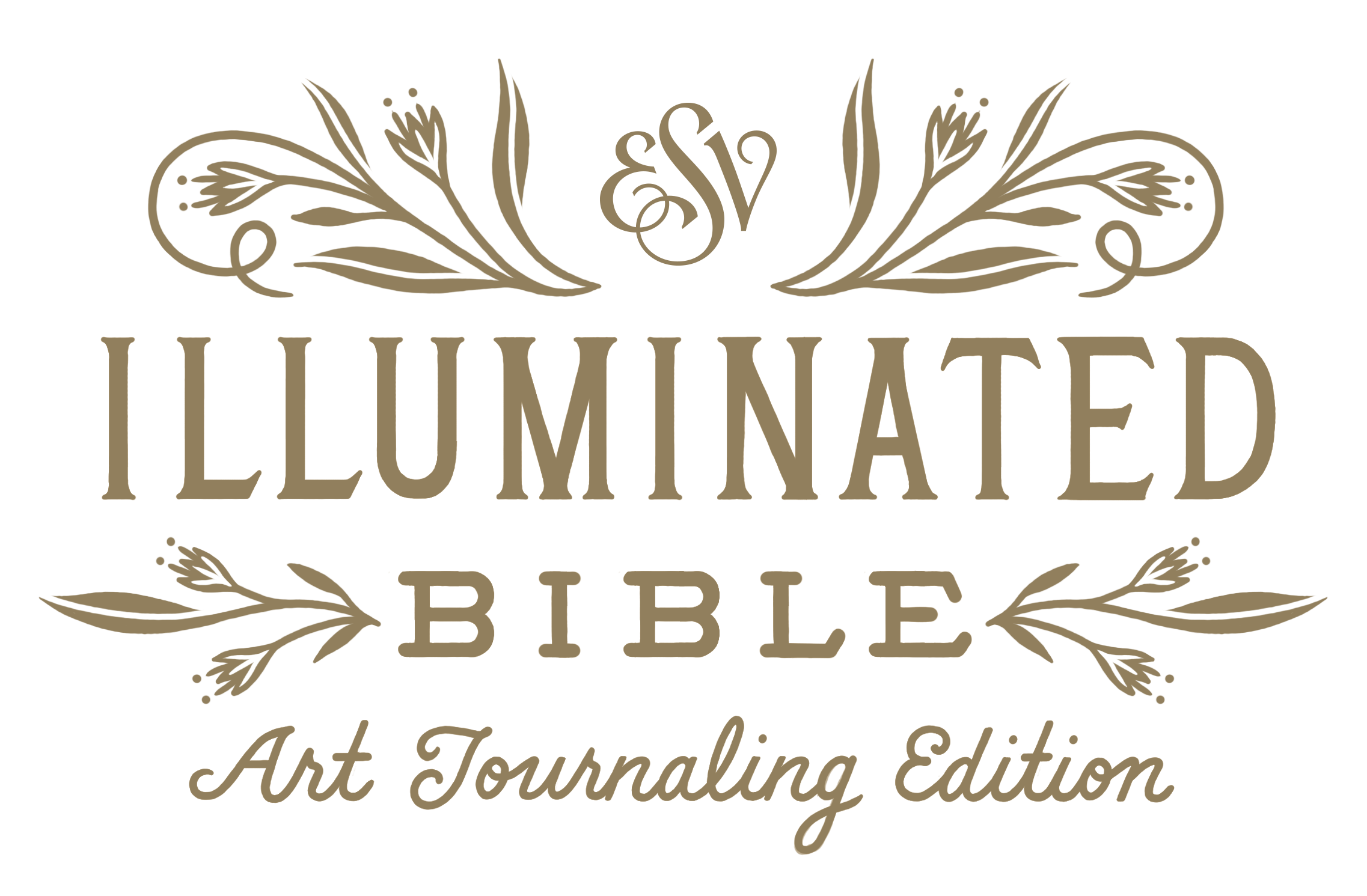
The practice of illumination (or adding decoration to manuscripts) dates back to the early fifth century and continued into the Middle Ages, when scribes, monks, and other artists used richly colored pigments as well as gold and silver leaf to add decoration, initials, and illustration to the pages of books and Bibles.

Because the Scriptures were not available in vernacular languages, they were not accessible to many, even those in the upper class. By illuminating the text, artists beautified the pages of the Bible as a way to summarize, explain, and, ultimately, preserve its message.

Editions were handwritten on thin sheets of animal skin (vellum or parchment) until the invention of the printing press in the mid-fifteenth century. Well-known examples of illuminated manuscripts include the Book of Durrow (produced in the British Isles around 650), the Lindisfarne Gospels (produced on an island off the northeast English coast around 700), and the Book of Kells (produced in Ireland in the 800s).

We believe that the Word of God is a treasure to be read, memorized, internalized, and shared. The ESV Illuminated Bible, Art Journaling Edition was created to continue in this historic tradition of illuminated manuscripts. Our prayer is that the added ornamentation and illustrations will draw the reader’s eyes to the beauty of the Word of God itself, stirring up affection for the Creator and inviting deep reflection on the narrative and truths of Scripture.









